Introduction of Yunnan Baoshan Katim Coffee varieties description of Katim brewing flavor of Yunnan red cherry in the sun
Professional coffee knowledge exchange more coffee bean information please follow the coffee workshop (Wechat official account cafe_style)
Friends who have read the articles published by Qianjie Coffee all know that Qianjie has devoted itself to the cultivation of Yunnan coffee in recent years, taking the lead in planting varieties of iron pickup coffee beans, in order to optimize the flavor of Yunnan coffee from the root. It is hoped that the flavor of Yunnan coffee that people drink in the future is the flavor charm of Yunnan coffee beans themselves, rather than to cover up the bad flavor of Yunnan coffee beans through some special treatment. Yunnan small-grain coffee is now mainly Katim coffee varieties, and the rainy climate in Yunnan makes the local coffee beans mostly treated with water. Yunnan small-grain coffee beans that were sun-treated in Qianjie coffee some time ago, and then passed the cup test, baked and brewed in the front street to see how the flavor of this bean behaves.
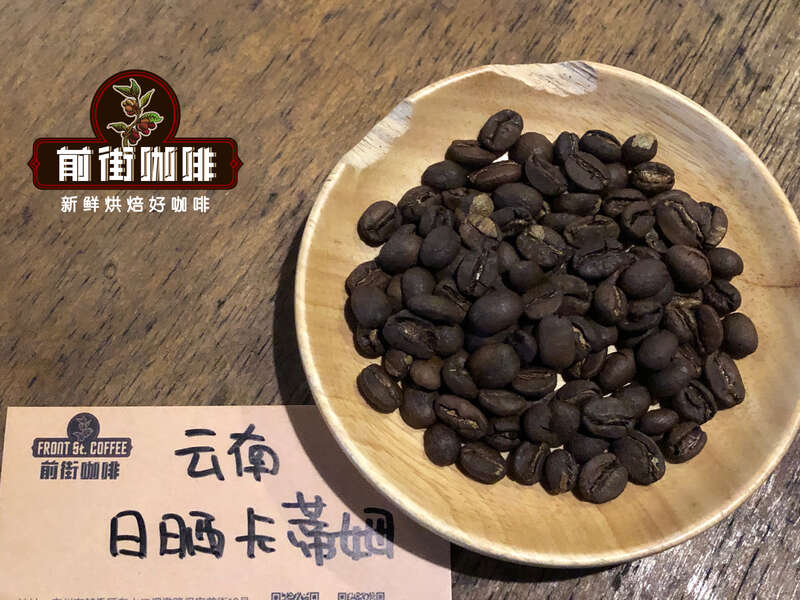
Qianjie Coffee-Yunnan Sunshine Katim Coffee beans
Producing area: Baoshan, Yunnan, China
Altitude: 1450-1550m
Treatment: red cherry in the sun
Variety: Katim
Baoshan coffee producing area in Yunnan
Baoshan, as one of the three major producing areas of small-grain coffee in Yunnan, is the forerunner of the cultivation and processing of small-grain coffee in China. Small-grain coffee has a long history and rich cultivation experience, which can be traced back to the mid-1950s. According to textual research, the oldest coffee tree has been for more than 60 years. Baoshan City, Yunnan Province has been planting coffee on a large scale since 1952, which has a history of nearly 60 years. Due to the unique natural conditions and accumulated cultivation techniques of Nujiang River Basin and dry River Basin in Yunnan Province, Baoshan Coffee enjoys a high reputation in the international market because of the careful cultivation of farmers and technicians.
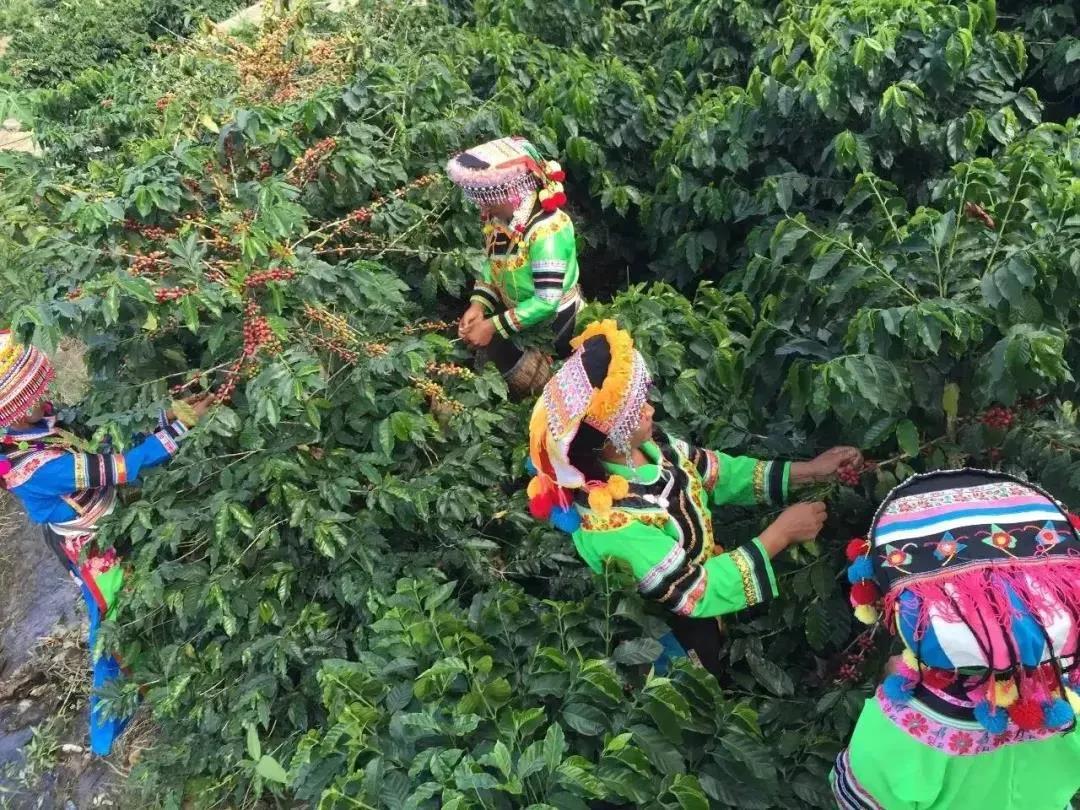
The Development History of Baoshan Coffee Industry
The first stage: in the 1950s, Baoshan small-grain coffee was successfully popularized and planted in Lujiang dam, and the planting area of coffee in the city was nearly 10,000 mu in 1960.
The second stage: in the early and middle of 1960s, due to the influence of market and diseases, the planting shrank. By the end of 1970s, the planting area of coffee in the city was only 0.3 mu.
The third stage: in the late 1980s, with the participation of the Yunnan project assisted by the United Nations Development Program and the international coffee specialized production group, the price of coffee heated up, up to 30 yuan / kg, and Baoshan coffee started again. By 1997, the planting area of coffee in the city was nearly 30,000 mu.
The fourth stage: since the start and implementation of the biological resources development project in Yunnan Province, Baoshan coffee industry has developed by leaps and bounds.
Katim coffee variety
In 1959, the Portuguese moved the Brazilian bourbon mutant Kaddura to East Timor to mix with Tim timor, who was of Robusta descent, and succeeded in breeding a disease-resistant and highly productive Katim. As leaf rust affects coffee-producing countries around the world, with the help of international organizations, countries vigorously promote Katim to fight leaf rust and increase production capacity.
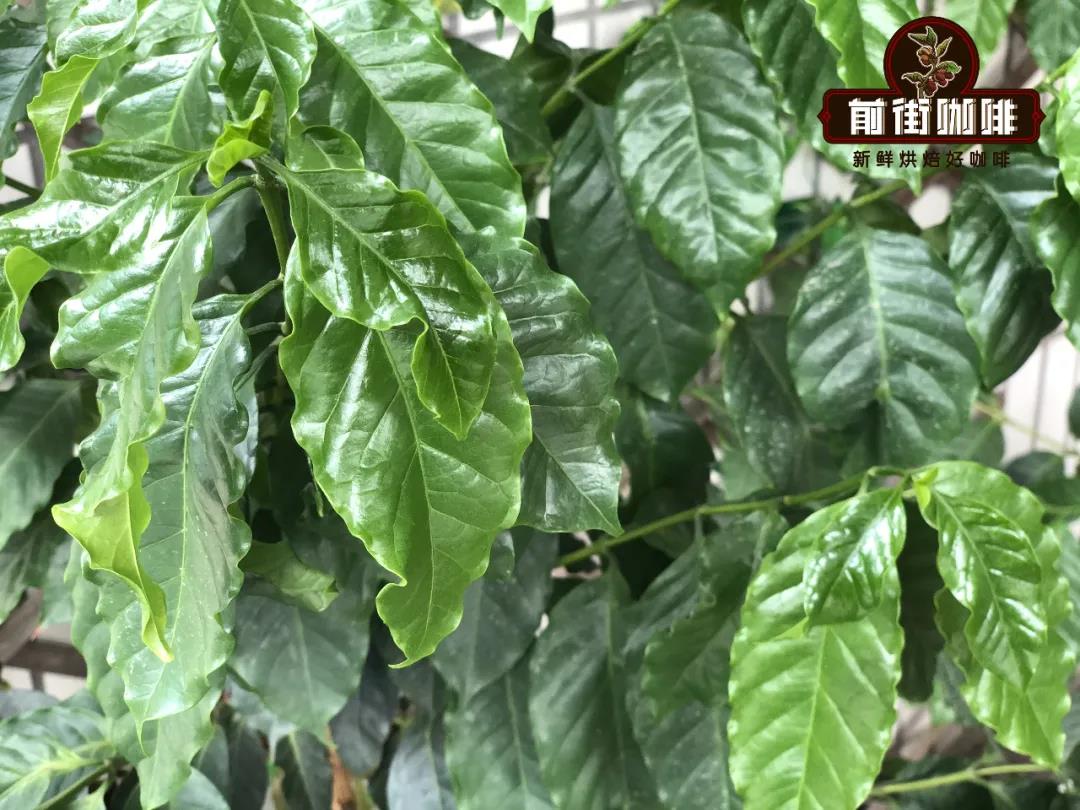
Katim is a combination of Arabica species and Robusta species. Robusta species have good resistance to leaf rust and rich oil, high yield and easy to grow. Katim has 25% of the Robusta gene after crossing with Arabica. Katim has 25% of the Robusta gene, which improves resistance to leaf rust and retains rich oil. at the same time, it has the rich taste of some original species of tin card. So most Yunnan manors began to plant Katim in a large area, and the planting scope of iron pickup began to shrink.
Sun treatment of red cherry
Red cherries are only fully ripe coffee fruits. During the coffee harvest season, farmers only pick ripe red fruits and put them in baskets one by one. The picked coffee fruit has uniform size, similar maturity and no other impurities. In the process of treatment, it is necessary to manually screen defective coffee beans and immature or overripe coffee fruits. Then lay the coffee red fruit on a high wooden frame or whole scaffolding to make the sun, so as to avoid the risk of beans smelling on the ground.
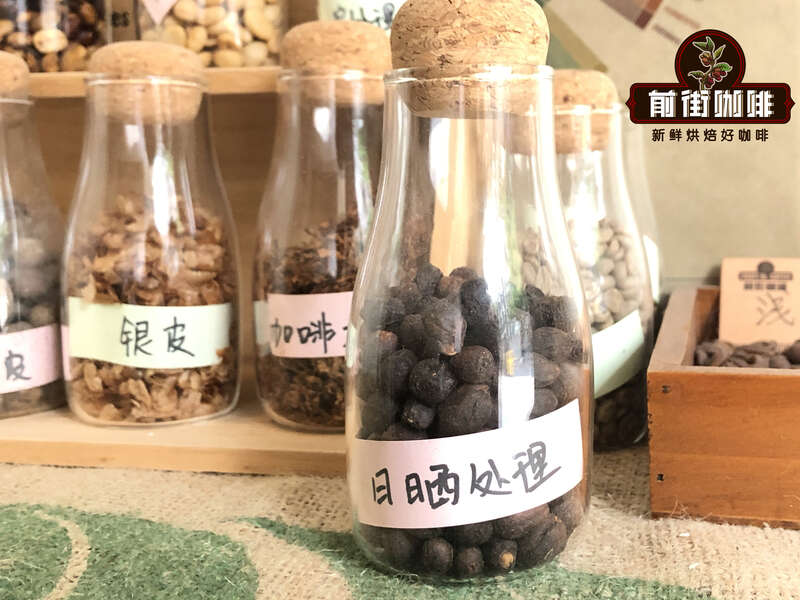
In the process of exposure, it will constantly turn to ensure that the coffee beans can be evenly exposed to water; every three to five days, farmers will manually screen out the defective and moldy beans. Wait for the peel to dry and harden, and then use a sheller to remove the hard peel. After obtaining the raw coffee beans, the farmer will do one last screening in pursuit of the perfect taste. Qianjie believes that the sun treatment can improve the sweetness of coffee beans, and the fully ripe coffee fruit will have a higher sugar content in pectin through harvesting, so the red cherry will be sweeter and taste fuller and more solid than the coffee beans from the common sun treatment.
Suggestion on coffee baking in Qianjie
Roaster Yangjia 800N (baking capacity 300g)
The furnace temperature is 165℃, the firepower is 130mm, the throttle is opened at 330mm, and the throttle is opened to 4 at 128℃, the firepower remains unchanged; when the furnace temperature is 153℃, the bean meter turns yellow, the smell of grass disappears completely, and enters the dehydration stage, when the furnace temperature reaches 157℃, the firepower is adjusted to 100and the throttle remains unchanged. The smell of toast obviously changes to the smell of coffee, which can be defined as a prelude to an explosion. At this time, it is necessary to listen carefully to the sound of the explosion point. When the sound of the explosion point starts to explode, the throttle is fully open and develops for 3 minutes after the explosion. 198. 5 ℃, put into the pot.
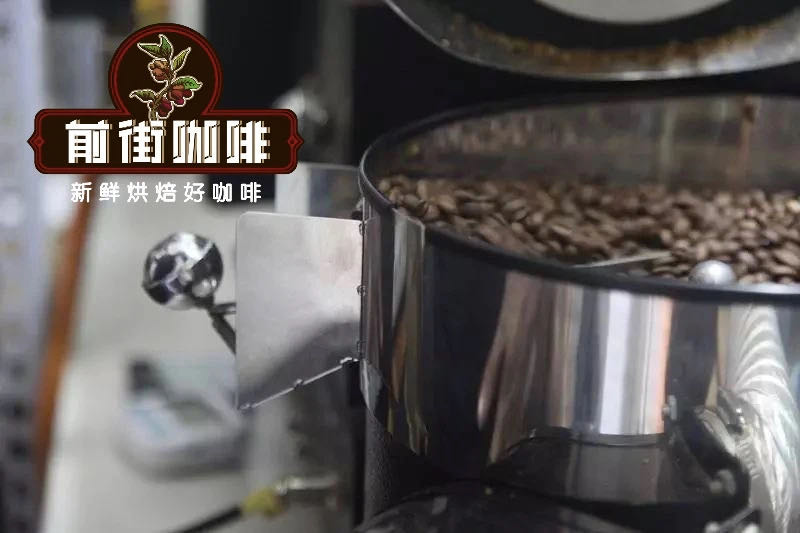
Coffee cup test report on Qianjie
Qianjie Coffee will be tested within 8-24 hours after the sample beans are roasted. The cup commonly used by baristas in front street is a ceramic bowl with a capacity of 200ml. The water temperature used in the cup test is 94 °. The pass rate of 20 # standard screen (0.85 mm) controlled by grinding degree is 70% Mel 75%. Ratio: 11 grams of coffee powder and 200 milliliters of hot water, that is, 1VR 18.18, so that the concentration of the extract is exactly within the range of 1.15% Murray 1.35% gold cup, and the soaking time is 4 minutes. Fruity, nutty, herbaceous aromas of red berries in the mouth, supple on the palate, middle nuts, and chocolate, sweet tail caramel, medium body full thickness.
Experience of brewing coffee in Qianjie
Filter cup: V60
Powder content: 15g powder
Water temperature: 90 ℃
Degree of grinding: 20 standard screen pass rate 80%
Gouache ratio: 1:15
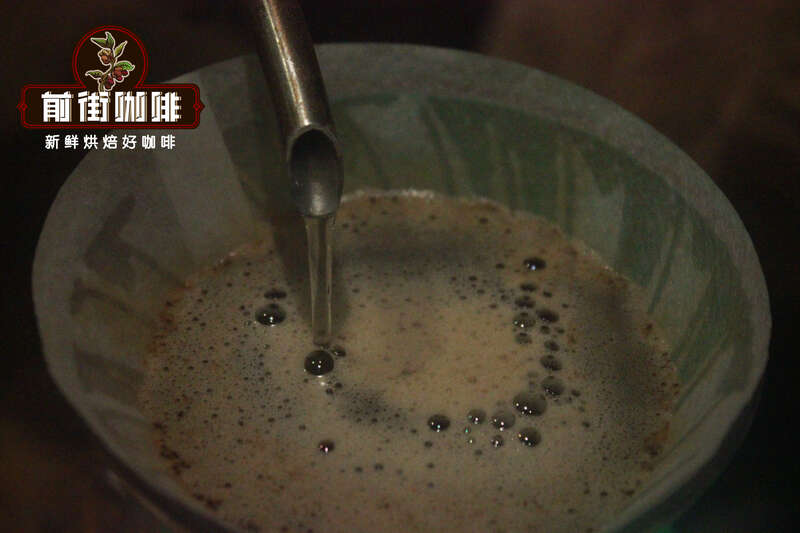
Qianjie cooking techniques: 30g water steaming, steaming time is 30s, the first stage water injection to 125g water cut off, vertical flow, small flow slowly around; the second stage water injection to 225g, the flow and winding speed is slightly faster, reducing powder clogging filter cups, resulting in over-extraction. (steaming starts) the extraction time is 2 minutes.
Brewing flavor: red berry juice, nutty, cocoa and licorice aromas on the palate, with a caramel-like finish and a mellow, solid and smooth finish.
For more boutique coffee beans, please add private Qianjie coffee on Wechat. WeChat account: kaixinguoguo0925
Important Notice :
前街咖啡 FrontStreet Coffee has moved to new addredd:
FrontStreet Coffee Address: 315,Donghua East Road,GuangZhou
Tel:020 38364473
- Prev
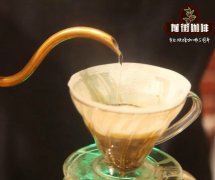
Flavor differences among Panamanian Jensen Rose Summer, Red label and Green label
Jensen Manor is located in the Volcan Walken region, surrounded by mountains, receives less rainfall than Boquete Poquet on average, and because it is located to the west of Mount Baru, it has a stronger dried fruit flavor and sweetness than the Boquete region. With an average elevation of about 1700 meters, it is located in Volcon on the west side of the Baru volcano, with a total area of 1200 hectares. The soil of the farm is rich in nutrients.
- Next
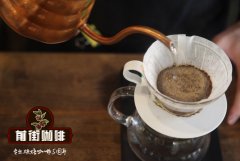
What's the difference between hala mocha and yemeni mocha? What baking level is halamocha suitable for?
Professional coffee knowledge exchange More coffee bean information Please pay attention to coffee workshop (Weixin Official Accounts cafe_style) Ethiopia is the first country where coffee was discovered. Nowadays, there are still many wild coffees collected and used by farmers in primitive forests. Ethiopia is a poor country with constant drought and civil war, but it is still the most important coffee in terms of coffee quality and yield.
Related
- Detailed explanation of Jadeite planting Land in Panamanian Jadeite Manor introduction to the grading system of Jadeite competitive bidding, Red bid, Green bid and Rose Summer
- Story of Coffee planting in Brenka region of Costa Rica Stonehenge Manor anaerobic heavy honey treatment of flavor mouth
- What's on the barrel of Blue Mountain Coffee beans?
- Can American coffee also pull flowers? How to use hot American style to pull out a good-looking pattern?
- Can you make a cold extract with coffee beans? What is the right proportion for cold-extracted coffee formula?
- Indonesian PWN Gold Mandrine Coffee Origin Features Flavor How to Chong? Mandolin coffee is American.
- A brief introduction to the flavor characteristics of Brazilian yellow bourbon coffee beans
- What is the effect of different water quality on the flavor of cold-extracted coffee? What kind of water is best for brewing coffee?
- Why do you think of Rose Summer whenever you mention Panamanian coffee?
- Introduction to the characteristics of authentic blue mountain coffee bean producing areas? What is the CIB Coffee Authority in Jamaica?

